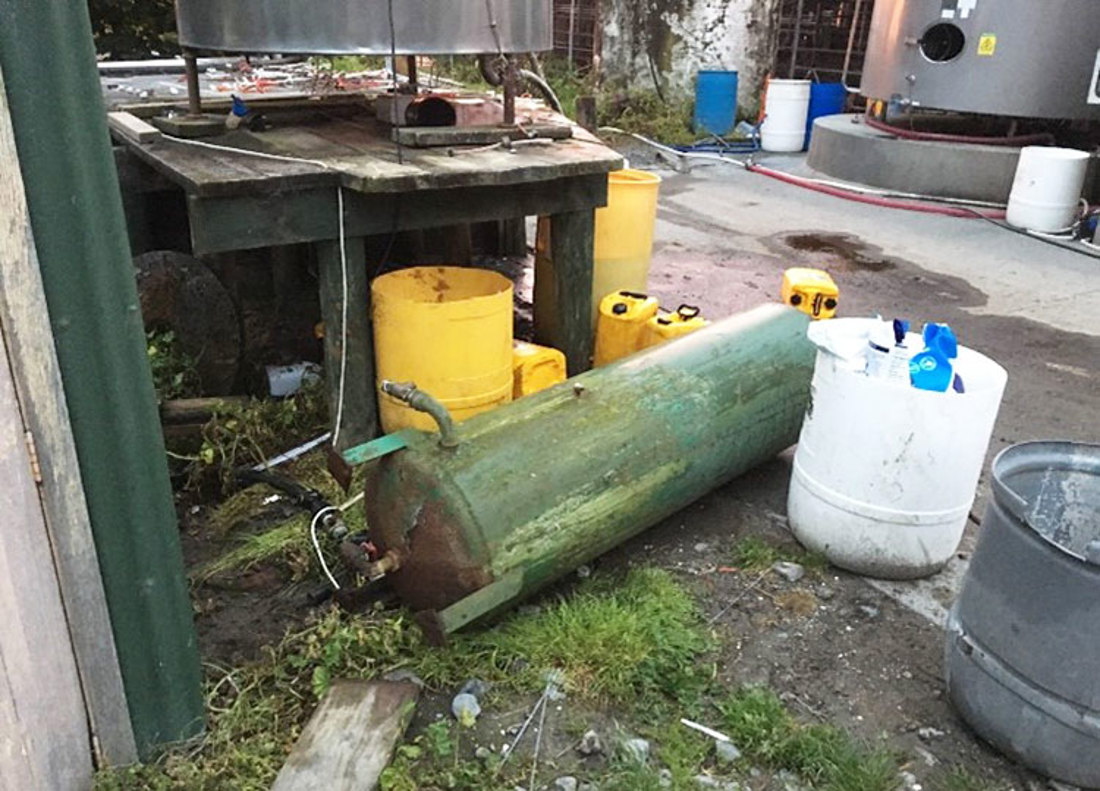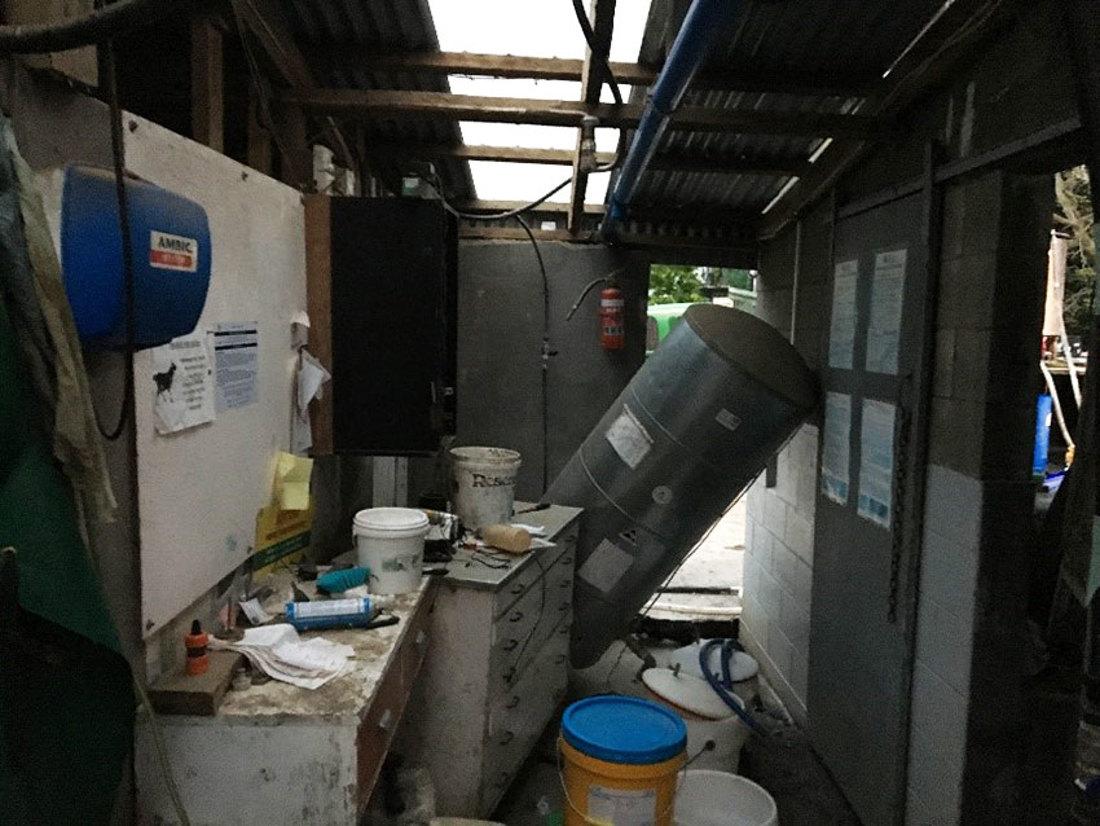Adverse events, Kaikoura earthquake
4 min read
New Zealand is no stranger to earthquakes given its precarious position between two moving tectonic plates of the earth’s crust. Thankfully, most earthquakes are limited to small and short rumbles, however every so often we experience a serious quake event which often results in significant damage, including injuries and sometime loss of lives.
In November 2016, North Canterbury experienced a 7.8 magnitude earthquake, its most powerful seismic event in over 150 years, caused by multiple faults rupturing which created a very complex earthquake. The quake was first felt a few minutes past midnight on the morning of 14th November, with shaking continuing for several minutes and was followed by multiple strong aftershocks. The earthquake generated a tsunami which was detected as far away as the south of the North Island.
The impact on affected communities was significant, both from the immediate damage but made very much worse by the damage it caused to road and rail networks, as well as utilities such as power and water that significantly impacted recovery efforts. The primary sector was severely impacted and over 20 dairy farms based around the community of Kaikoura found themselves not only dealing with significant damage to the farms but also with no access for milk collection.

Damaged and disconnected pressure tank for farm water supply.
Mark Hislop was one such dairy farmer based close to Kaikoura milking two herds totalling around 1600 cows across two milking platforms on adjoining farms. Looking back at this event, he clearly remembers how the middle of the night quake kept “ramping up” over several minutes and led him to quickly get out of his house and onto the lawn outside. As strong aftershocks continued through the night, he focused on checking with nearly family and friends to ensure everyone else was ok.
As dawn turned into day, the full extent of the damage started to become apparent. Water supplies were out, and one of the two milking sheds was seriously damaged as was one of the milk vats. Irrigation lines were heavily impacted by the ground movement as were water lines to drinking troughs. Power was out, but thankfully Mark had a diesel generator which allowed him to get the water pump going. At this stage, it wasn’t yet clear if the farm still had road access, and whether the Fonterra milk tanker could get through.

Dairy shed damage.
The first morning was focused on understanding the damage and ensuring cattle had access to drinking water, and, where they didn’t, finding emergency access to rivers. Fonterra coordinated discussions with the local council to provide an emergency concession for cattle to have river accesses for drinking. Milking was able to start in the afternoon of the first day although it was not clear yet if milk collection was possible.
Over the next few days, it quickly became apparent that access for milk collection was going to take several weeks so milk started to be dumped into the effluent pond system. Milk was ultimately dumped for 3 weeks until pickups started on 5 December 2016, once tankers were able to access the Kaikoura catchment again. Waste milk is hard on grass, and it was decided, after careful consideration, to sacrifice a level 4 Ha area which would be planted in crops afterwards.
The damaged milk silo also became a major hazard, so a crane was brought in to take it down. The significant damage to one of the milking sheds also meant it could not be used after the first week, so the decision was made to move both herds to once-a-day milking and make use of the one remaining milking shed, a 42-a-side herringbone. This involved cutting several fences and reconfiguring tracks so both herds could be milked each day but be kept separate. After careful consideration, and with assistance from Fonterra’s planner, the decision was made to build a new milking shed.

Damaged and removed milk silo.
Looking back, some of the main learnings that Mark identified included the following:

New tractor PTO generator.
And finally, recovery does happen and a new normal is awaiting after all the repair and rebuild work is done.

The newly built dairy shed.
Now’s the perfect time to check in, plan, and set up for a strong season. We’ve pulled together smart tips and tools to help you stay ahead all winter long.
Whether you prefer to read, listen, or download handy guides, we’ve got you covered with trusted tools to support your journey every step of the way.
Put our proven strategies and seasonal tools to work. Boost production, support animal health and watch your profits hum.
Tools that are backed by science, shaped by farmers and made for this season.
That’s Summer Smarts.